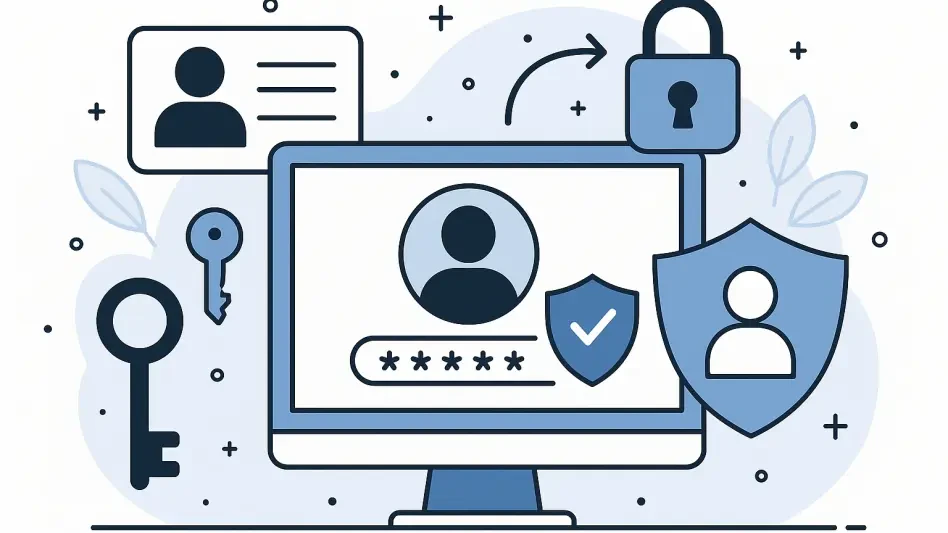As a CIO, CISO, CTO (or anyone responsible for empowering security teams), you face a packed agenda that demands you address core challenges in security, innovation, and talent.
In addition, you doubtlessly need to manage your cyber priorities, take command of digital transformation, and push emerging tech initiatives forward, all at once. More pressingly, a recent study found a cybersecurity skills gap, instead of a talent shortage, at the core of the workforce crisis.
The U.S. is in the middle of a skills crisis, and higher education has a key role in solving it. According to Rafael Castenada (Vice President of Government Partnerships at General Assembly), the answer lies in programs that mix academic foundations with real-world readiness, offering learners a chance to build in-demand tech skills while staying grounded in the benefits of traditional education.
The shift is real—and it’s happening now. One’s technical capability has officially outranked work experience and academic degrees as the top hiring qualification. Certifications have moved up to second place, as hiring managers prioritize proven, job-ready skills over resumes packed with traditional credentials.
Is your organization able to stand resolute against today’s cybersecurity challenges? And is your team equipped to confidently tackle emerging threats?
Read this blog post to explore:
Why new cyber threats require specialized skills;
What’s needed to strengthen the CIO-CHRO relationship
How you can build an efficient, knowledgeable cybersecurity team;
And more.
Modern Threats Require Modern Solutions
Gartner projects a 15% jump in cybersecurity spending for 2025, with global investments rising from USD 183.9 billion to USD 212 billion. The growth reflects the mounting urgency around digital defense and the critical role security plays in enterprise resilience.
The rise of generative AI forces you to strengthen your security posture by implementing safeguards across data, models, usage, infrastructure, and governance. This shift drives demand for new tools across application security, data protection, and privacy software.
At the same time, the global cybersecurity skills shortage pushes security leaders to invest more. Without the in-house talent to manage rising threats, you’ll eventually turn to external support through consulting, professional services, and managed security solutions.
Cybercriminals are moving fast, using stealth tactics like fileless malware and multi-stage campaigns that bypass legacy defenses. Signature-based detection fails in this environment. You need to shift to proactive strategies (behavioral analytics, zero-trust architectures, and continuous monitoring) to catch anomalies quickly and shut down gaps before attackers exploit them.
Moreover, remote and flexible work has widened the attack surface. Phishing, endpoint compromise, and data exfiltration now pose greater risks as employees access sensitive systems from home or unsecured networks. You need strong endpoint protection, secure VPNs, and zero-trust frameworks to close these gaps—along with a knowledgeable workforce to operationalize these capabilities.
Strengthen the CIO/CHRO Relationship
A strong partnership between HR and the CIO is essential, particularly with the increasing demand for talent, says Kathy Kay (CIO at Principal Financial Group).
HR plays a pivotal role in driving initiatives that impact security and IT, including employee engagement and training. In today’s competitive talent market, cyber defenders depend on HR to recruit and retain top talent. At the same time, HR relies on IT to implement, automate, and enhance the technologies, processes, and services that support their operations.
Building this partnership gives technology leaders a clearer view of talent needs and strategic goals, fostering better alignment across the business. CIOs and CHROs must maintain a close working relationship, as leadership, culture, skills, and behaviors are key to achieving successful digital transformation.
The CISO can work with the CHRO to rewrite job descriptions and develop a targeted recruitment strategy that attracts knowledgeable cyber experts.
In addition, By integrating AI and machine learning into hiring, they can quickly identify top candidates. Enhancing corporate culture and recognition also strengthens recruitment and retention efforts.
Assemble and Nurture Expert Cyber Defenders
More than 75% of businesses struggle to fill IT roles, based on a Revature survey of 230 IT and HR leaders, and this persistent shortage is forcing companies to focus on internal upskilling strategies that address critical talent gaps, support long-term workforce development, and keep pace with increasing demands across technology environments.
Not only that—but over 80% of decision-makers expect sourcing tech talent to remain a top challenge in 2025, and in response, over half are preparing to launch company-wide upskilling and reskilling programs designed to strengthen internal capabilities, address workforce shortages, and maintain competitive advantage in a fast-moving digital economy.
Cybersecurity teams secure your digital infrastructure by identifying threats, responding to incidents, training your employees, and enforcing compliance measures that protect sensitive data across your systems. This function underpins your entire risk posture, ensuring that your operations remain resilient and uninterrupted as threats evolve, regulations tighten, and attackers become more sophisticated.
That’s why selecting skilled cybersecurity experts demands role-specific certifications and capabilities. Security Architects require Certified Cloud Security Professional Certification or cloud provider certifications (AWS, Google, Microsoft) to design adaptive, resilient frameworks.
It’s also essential to include Security Analysts as frontline defenders, leveraging certifications like Certified Cybersecurity Operations Analyst or CompTIA Security+ to monitor systems, detect threats via alerts and tools, conduct vulnerability assessments, and educate staff on security protocols.
Moreover, incident Response Managers should hold Certified Incident Handler Certification, Certified Information Systems Security Professional, or Certified Information Security Manager to lead breach containment, forensic analysis, and recovery efforts.
Businesses need to prioritize analysts for real-time threat mitigation, architects for strategic infrastructure hardening, and IR managers for minimizing breach impact through rapid response and root-cause analysis. They can avoid overlap by aligning each role’s expertise (proactive defense, continuous monitoring, and post-breach resolution) to organizational needs.
Conclusion
The cybersecurity skills gap requires targeted strategies centered on role-specific expertise and agile collaboration. Security architects must focus on designing adaptable, resilient systems to counter evolving threats, while Security analysts drive real-time threat detection and vulnerability assessments.
Incident Response Managers should prioritize rapid breach containment and recovery to minimize operational disruption. Strengthen the CIO-CHRO partnership to align talent acquisition with technical demands, leveraging AI-driven recruitment and upskilling programs to cultivate adaptable teams.
Shift from reactive to proactive defenses (zero-trust frameworks, behavioral analytics, and continuous monitoring) to counter AI-driven attacks and remote-work vulnerabilities. Invest in modern tools, cross-functional alignment, and workforce development to transform this crisis into resilience. By balancing technical innovation with strategic talent investment, organizations can secure their future against an ever-shifting threat landscape.








